When 28-year-old Cara Culligan flashes her engagement ring, people generally gasp. “It’s not that big,” she says modestly, of the oval marquise solitaire in a gold setting, “but the shape makes it a showstopper.”
Unlike a mined diamond, however, which would have cost Cara and her fiancée more than $20,000 for a similar look, this lab-grown diamond ring from Cullen Jewellery came in at around a tenth of the price, well under budget and just as beautiful. Such is her vocal enthusiasm for it that Cara’s friends are converts, too; any of her personal WhatsApp chats about jewellery now focus almost exclusively on lab-grown stones over the traditional type.
In her social circle, adds the Melbourne-based logistics specialist, “I don’t think anyone’s looking at a mined diamond anymore.” In both price and ethics, these traditionally obtained stones no longer appeal.
Lab-grown diamonds are having a moment: thanks, as always, to social media and the increasingly jaw-dropping engagement rings displayed by celebrities like Ariana Grande, Hailey Bieber and – of course – the Kardashians, millennial and gen Z women want to buy bigger, blingier jewellery.
I don’t think anyone’s looking at a mined diamond anymore
Sadly for us civilians, a six-carat mined diamond like Bieber’s oval cut solitaire might cost $500,000. Its lab-grown counterpart, however, comes in at a third of that, says Charlotte Kelly, brand manager of new lab-grown fine jeweller MARLII LAB. “A lab-grown diamond opens up a lot more possibilities to get this kind of look.”
Add the inherent ethical advantage of not having to rely on impoverished workers in developing countries to hack a lump of diamond from a mine, and the appeal of lab-grown becomes obvious.
“I didn’t want to support an industry that [disadvantages] families and communities just so I could have something sparkly on my finger,” says Cara. “That would be awful.”
While industry experts say there will always be a demand for mined diamonds, the lab-grown variety looks set to command an increasing share of the market. Last year, the global lab grown diamond market was valued at $3.51 billion, forecast to reach $58.3 billion by 2028. Here in Australia, well-known jewellers such as Michael Hill and Pandora are expanding their lab-grown diamond collections, while a host of new boutique jewellers specialising in lab-grown (such as MARLII LAB and Prestwick Place) are entering the fray.
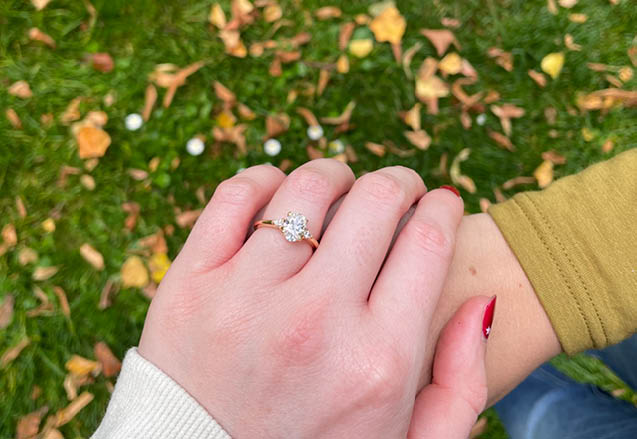

In some ways, it’s surprising how quickly these new diamonds have become popular in what’s a very traditional retail sector. Although moissanite, which is created using silicon and carbon exposed to heat and pressure, has been available in Australia since the Noughties, lab-grown diamonds (made from just carbon) have only been widely sold here in the past five years.
Lauren Chang Sommer, who co-founded fine jeweller Moi Moi with her sister Alana Chang Weirick in 2004, says they waited until 2019 to introduce lab-grown diamonds to their collections because of concerns about quality and price. “Previously, it was difficult to create diamonds larger than one carat, they weren’t a good colour and scarcity meant they were only slightly less expensive than mined,” she says. “But once the technology was able to meet consumer demands, we decided they were the way forward.”
Lab-grown diamonds are identical to mined diamonds in every single way, apart from the fact they’re made, well, in a lab, rather than formed 100 miles below the surface of the earth around three billion years ago.
“They have the same chemical and structural composition, and all the same optical qualities,” says Chang Sommer. “They’re not a diamond imitation.” Since 2019, the international gemstone authority GIA has no longer used the term “synthetic” for lab-grown diamonds and grades them according to colour and clarity in exactly the same way.
Previously, it was difficult to create diamonds larger than one carat
And while some purists argue for the romance and rarity of mined diamonds, 116 million carats of diamonds were produced worldwide in 2021, so by that measure – not so rare. Meanwhile, says Kelly, lab-grown diamonds don’t have “any of those negative side effects that come from mining. There’s no displacement of wildlife, or groundwater pollution, for example.”
The energy requirement is the only significant sustainability concern, she adds, but MARLII LAB, Moi Moi and many other Australian jewellers source diamonds produced in solar-powered facilities. Others use recycled gold for settings, adding to their green credentials.
For sustainability-conscious late-millennial and Gen Z consumers, these are important considerations. That, and the fact that with lab-grown gems, you can get a really big rock. A two carat solitaire lab-grown diamond ring from MARLII LAB costs just over $8,000; its mined counterpart might cost over $50,000.
One of Chang Sommer’s customers recently upgraded her 10-carat diamond for a massive 25 carat diamond ring to mark her 50th birthday. “The stone was specially cut for her,” she adds.
The lower price point and greater choice of stone means customers can also invest in more adventurous designs. Popular creations include the ‘toi et moi’, which features two stones (such as a pear-cut diamond and an emerald) in one setting, or an ‘east-west’ setting, where the stone is oriented horizontally rather than on the traditional vertical.
“Women today are really comfortable wearing jewels and they want to show them off,” says Chang Sommers. “I’ve got 20-year-olds buying four carats – and good for them.”
Main image credit: Marlii Lab





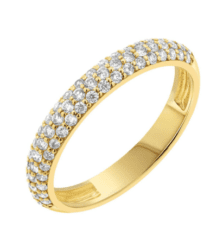

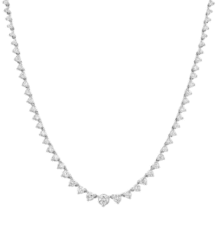

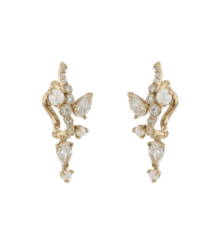
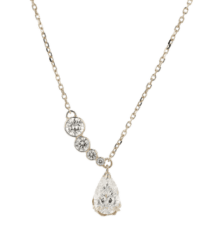
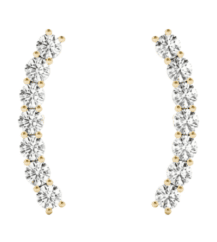
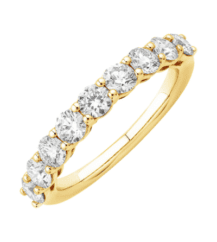
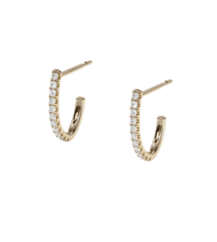
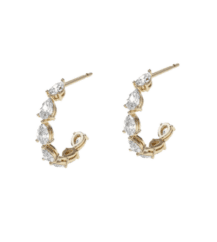
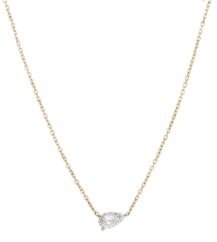
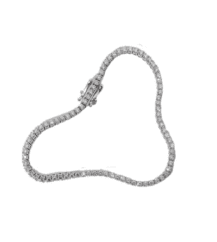





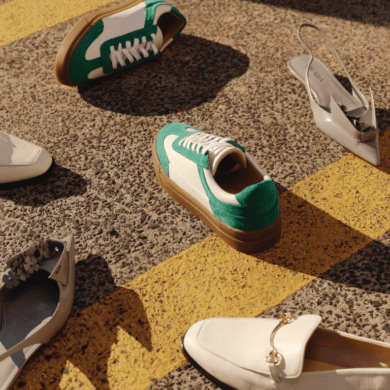

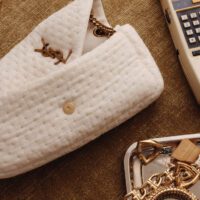
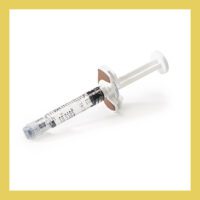
No Comments